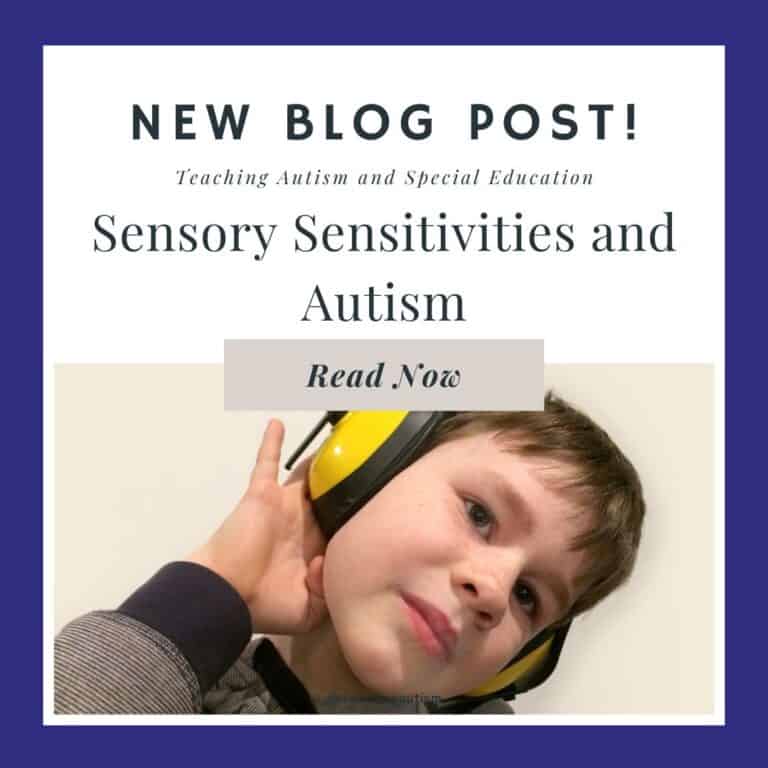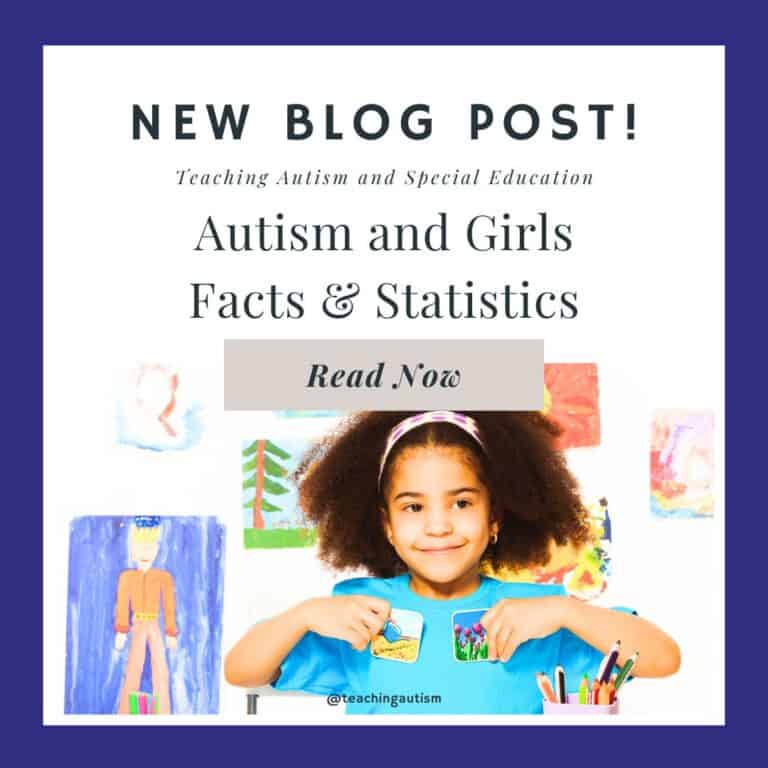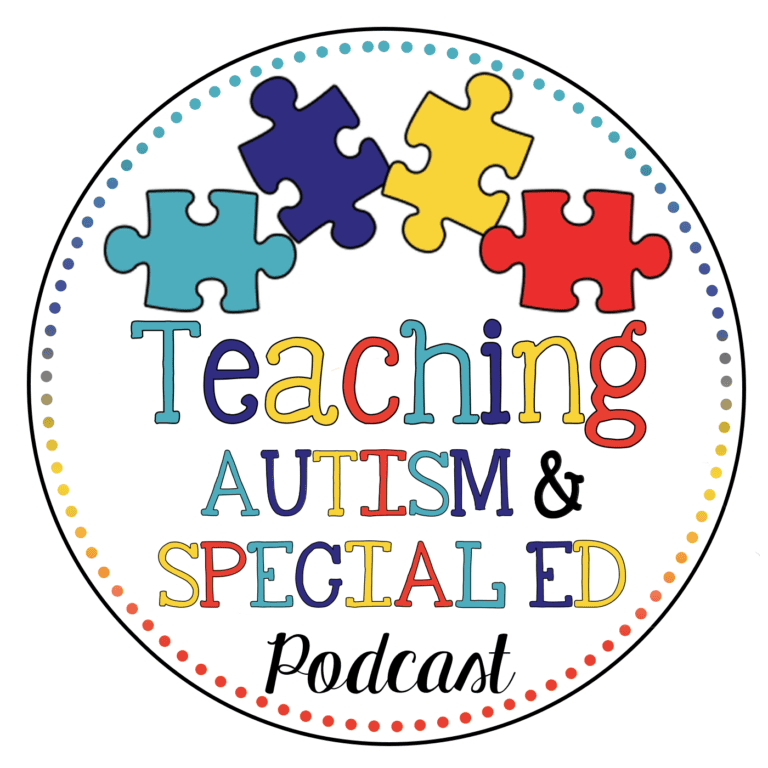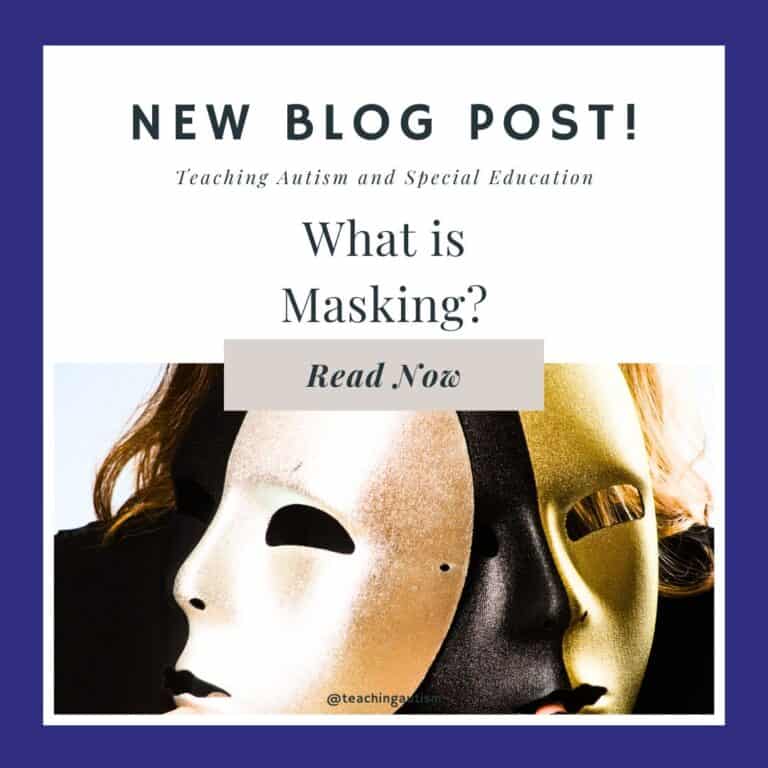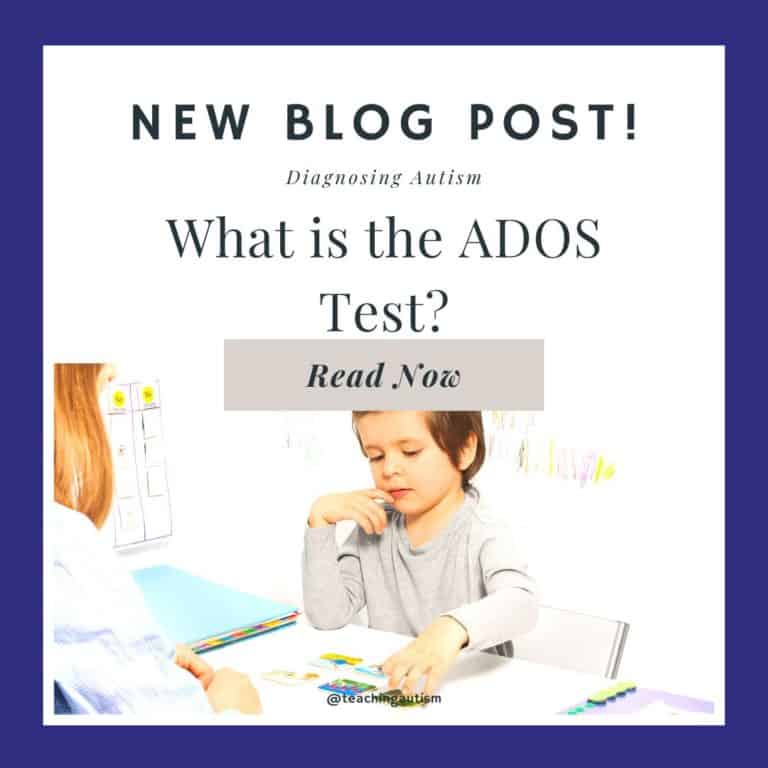What is Pica?
In this blog post today I’m answering your question ‘What is Pica?’ along with sharing information and facts about pica. At the bottom of this post, you’ll also find strategies to use both in the classroom and at home.
What is Pica?
Pica is where an individual has an appetite for non-food items. This can include the individual eating items like;
- paper
- clay
- soil
- chalk
- metal
- fluff
- and this can include many other non-food items.
Who Has Pica?
Pica can affect anyone and everyone. It can occur across all age groups and demographics.
What Causes Pica?
There isn’t a lot of research as to what specifically causes pica but there is a belief that it can stem from nutritional deficiencies like;
- iron
- zinc
- calcium
- magnesium
But it can also be combined with stress, obsessive-compulsive disorder (OCD) and other cultural factors. Individuals may not be able to differ between food and non-food items and this can also contribute along with sensory feedback and relieving anxiety and/or distress.
What are the Effects and Risks?
There are some risks surrounding pica, and these can include;
- Choking
- Blockages
- Poisoning
- Nutritional deficiencies.
How to Get a Diagnosis of Pica?
If you suspect a student – or your child – has pica, I would recommend referring to get a diagnosis. Especially when the cause could be a deficiency that they are needing.
“Persistent eating of non-nutritive substances for a period of at least 1 month. The eating of non-nutritive substances is inappropriate to the developmental level of the individual. The eating behaviour is not part of a culturally supported or socially normative practice. If occurring in the presence of another mental disorder (e.g. autistic spectrum disorder) or during a medical condition (e.g. pregnancy) it is severe enough to warrant independent clinical attention.“
– This is a quote direct from the Diagnostic Criteria for Pica from DSM 5, 2013.
If you suspect pica, here are some recommendations I would have for you to try;
- Speak to your doctor and share your concerns.
- Request tests to assess the individual’s magnesium, iron, zinc and calcium levels.
- Keep a diary of the non-food items that your student / child is eating.
- Hold a meeting between staff in the school setting and the individual’s family so everyone can work together.
Classroom Strategies for Pica
If you are looking for strategies to use in the classroom for a student, here are some that I recommend;
- Identify what non-food items the student is more drawn to and remove anything that could be dangerous.
- Include other professionals and the individual’s family so that everyone can work together, risk assess and share information.
- Help support the diagnosis process.
- Record information about the individual’s pica in all of their records so all members of staff and professionals who work with them are able to access all the information needed.
- Try to access training opportunities about pica.
Home Strategies for Pica
If you are looking for strategies to use at home with your child, here are some that I recommend;
- Assess your home environment and identify potentially dangerous items that your child may be drawn to.
- Work together with your child’s school and other professionals involved with them.
- Request an appointment with your doctor to start the assessment and diagnosis process.
- Work with professionals to identify why your child is drawing to chewing certain non-food items. This will help you identify and provide safer alternatives for them.
If you found this blog post helpful, please consider sharing with your friends and colleagues on social media.
Helpful Links
You may find the following links helpful;
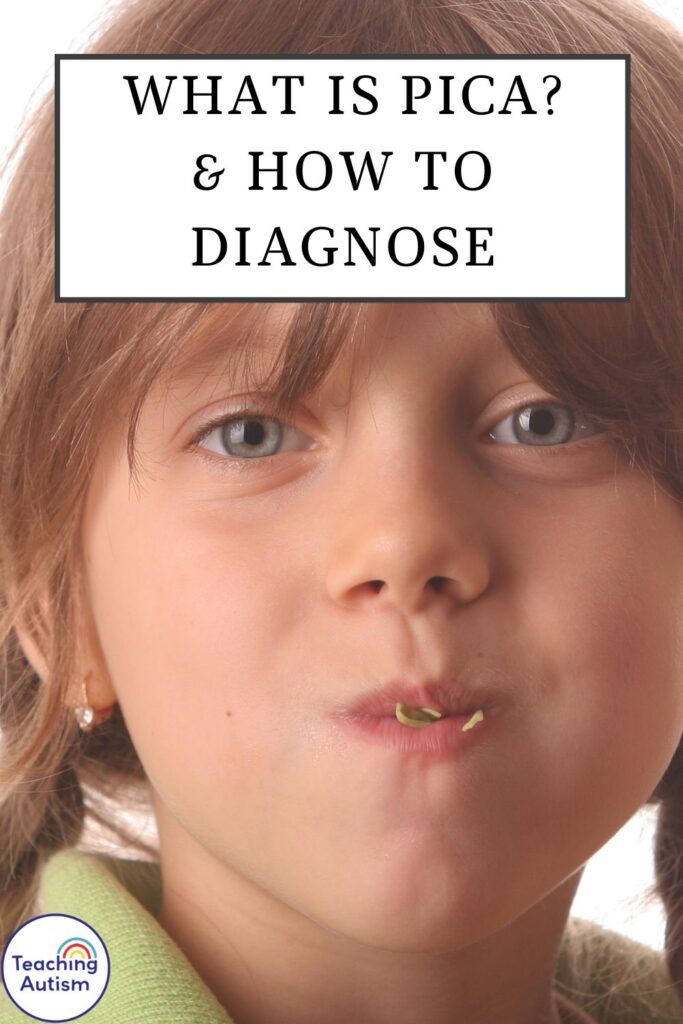
P.S. Have you signed up for my VIP membership yet? If not, head on over and sign up now. You’ll get access to hundreds and hundreds of resources, templates, crafts and more being uploaded every month!
Nikki


